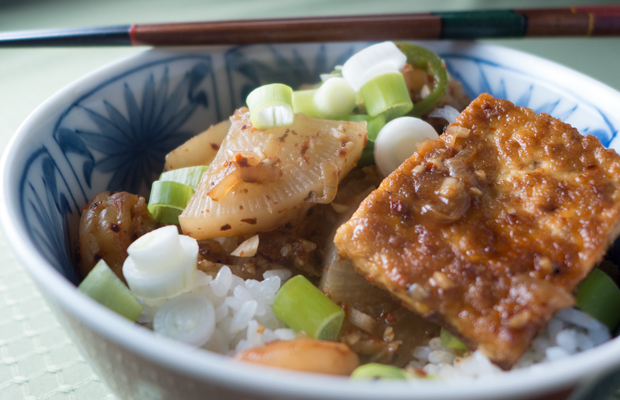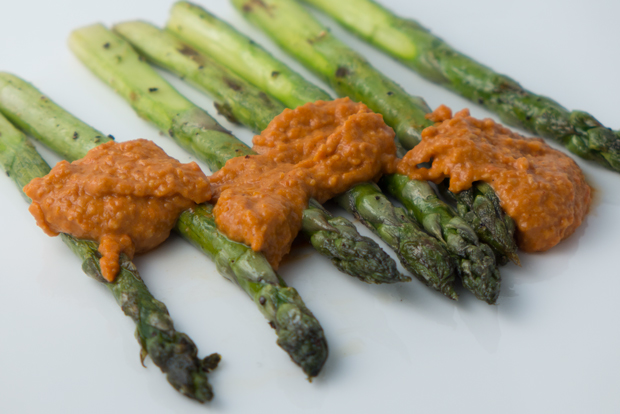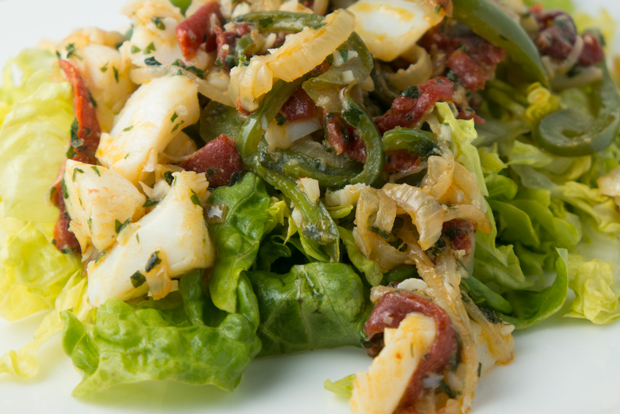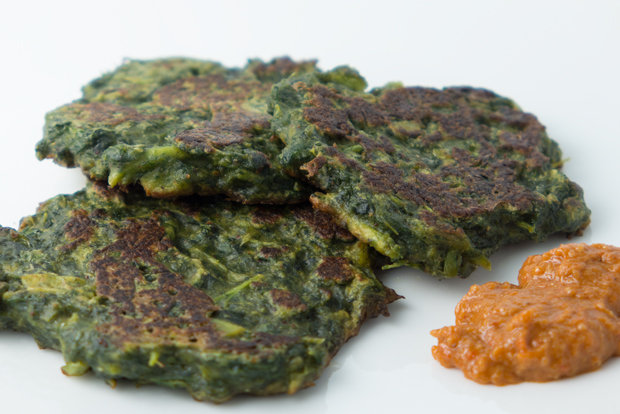posted by
Samar on
July 24, 2014

There are some people who can make even cell phone pictures look good. I, alas, am not one of them as the photo above of doenjang jjigae, one of the most popular comfort foods in Korea, testifies. But I assure you it tastes far better than it looks and, as a bonus, it is so easy that it practically cooks itself!
posted by
Samar on
July 6, 2014

I imagine there was much rejoicing in Seoul last year at reports that South Korean GDP per head, measured at PPP, would soon catch up with Japan’s, long considered the benchmark against which all Asian countries measure themselves. But, currently on a visit to Seoul, it occurred to me that there’s a much more concrete measure of South Korea’s ascendancy than GDP: the density of convenience stores. Anyone who has visited Japan will know what I’m talking about. You rarely have to walk more than half a block before running into one – often more! – of its famed konbini selling everything from oden to underwear. Well, South Korea certainly seems to have caught up in this regard. Convenience stores in Seoul seem now about as common as in Tokyo. And if they don’t yet match Japanese konbini in their range, I love the idea of being able to pick up a small packet of kimchi or a bulgogi hotdog on the way home!
posted by
Samar on
June 21, 2014

I’ll be honest: the focus of this post is the Romesco sauce. Sure, asparagus, until recently in season, tastes lovely with it. But, really, anything you can dip in the sauce works (carrot sticks, celery, chips, fingers … – are all good!). Or try it with grilled fish. Granted, this isn’t the simplest dip in the world. But it has very quickly become my favorite and the (minor) extra effort of roasting the ingredients is absolutely worth it. The recipe is, with very minor adjustments to the proportion of ingredients, from My Basque Cuisine, a fantastic cookbook by Ash Mair that covers all the Spanish classics in an accessible manner.
posted by
Samar on
May 30, 2014

It isn’t often that reality matches the hype. But a recent trip to the Basque region of Spain, specifically San Sebastian, was definitely one of those times. And not just equal but exceed beyond my wildest expectations which, admittedly, were rather high. After all, San Sebastian, a quaint and pretty seaport, is home to at least three, 3 Michelin-starred restaurants, which would be darn impressive for any city let alone a tiny town in the middle of nowhere! The reason for this is not only the excellent bounty from the local land and sea, but also a deep-rooted food culture, manifested most famously through pintxos, tasty, bite-sized morsels of cured meat, seafood, bread, etc. held together by a tooth pick or skewer (pincho is Spanish for spine). These are the Basque version of ‘tapas’ but, unrivaled in their creativity and sophistication. Pintxos are practically works of art and the alleyways of San Sebastian are packed with jousting restaurants, often specializing in a particular pintxo. The locals’ idea of a good time is to hop from one place to another, eating a couple of pintxos with a glass of wine at each.
posted by
Samar on
May 12, 2014

For a country mocked for its cuisine Britain has some of the best food TV I’ve seen. From Jamie Oliver’s 15 Minute Meals to The Great British Bake-off, British cooking shows involve ingredients and techniques far more eclectic and challenging than is the norm on, say, Food Network. One of my favorite is Saturday Kitchen, where the host and resident chef James Martin whips up everything from puff pastry to vindaloo with envious ease while chatting with guest celebrities and chefs (a recent episode featured the famous Basque chef Elena Arzak, coincidentally also recently chronicled in the New York Times).








